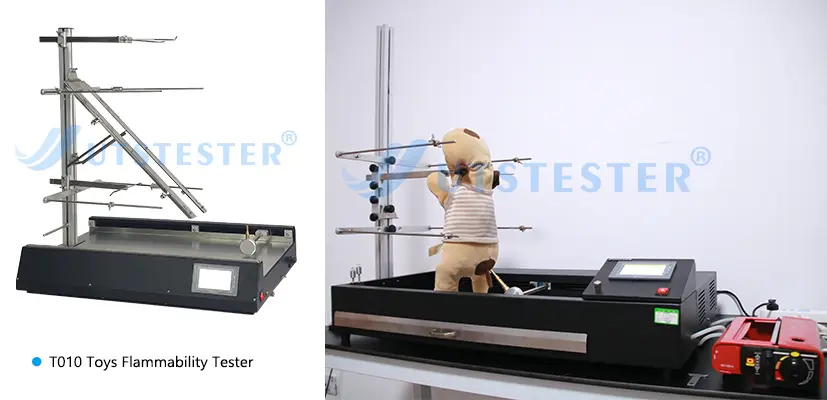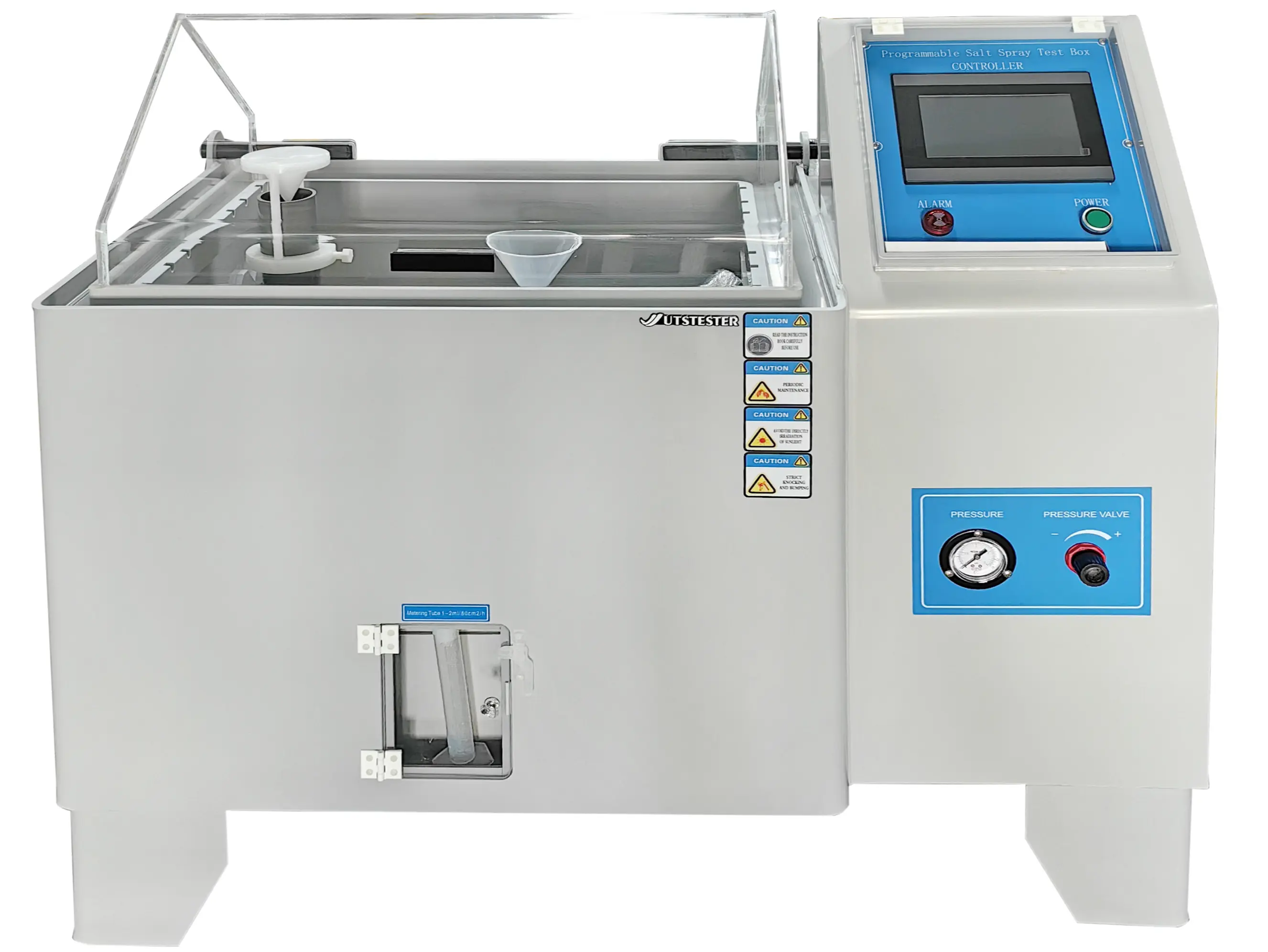0102030405
Analysis of Plush Toys Complying with ISO 8124-2 Flame Retardancy Test Requirements
2025-08-08
ISO 8124-2 is an International Organization for Standardization (ISO) standard for the safety of plush toys. It focuses on the Flammability of plush toys, specifically the flame retardancy requirements. The standard aims to ensure that plush toys demonstrate adequate safety in the event of a fire, preventing excessive harm to children. Below is a breakdown of the key ISO 8124-2 flame retardancy test requirements:

1. Scope of Application
ISO 8124-2 applies to all plush toys, particularly those intended to come into direct contact with children's skin. This standard applies to all types of plush toys, whether soft, stuffed, or fabric.
2. Flame Retardancy Requirements
ISO 8124-2 requires that the materials used in plush toys, particularly the exterior surface materials, must exhibit certain flame retardancy to reduce the risk of fire upon contact with an ignition source. Specific requirements include:
Self-extinguishing: The toy's exterior materials must be able to extinguish quickly once the ignition source is removed. Even if the material does burn, it must be extinguished within a specified timeframe to reduce the risk of the flame spreading.
Flame spread: The flame spread rate must be controlled within a specified range. For certain types of plush toys, the flame spread rate should not exceed 75 mm/min (millimeters per minute).
3. Test Methods
ISO 8124-2 specifies standard methods for flame retardancy testing of plush toys. Common tests include:
Flammation Test: Toys are tested using a standard flame source. This test typically involves fixing a toy specimen and exposing it to the flame source, observing the flame spread rate and self-extinguishing time.
Material Analysis: The fabric of the plush toy is analyzed to examine its constituent materials and flame retardant treatment. Qualified plush toys must use materials that meet flame retardant requirements or have a flame retardant treatment added to the fabric.

4. Use of Flame Retardants
According to ISO 8124-2, flame retardants used in plush toy materials must meet safety standards. In particular, flame retardants must not contain hazardous substances to avoid negative impacts on children's health. Manufacturers must ensure that the flame retardants they use comply with local chemical safety standards, such as those under EU REACH or US CPSIA.
5. Test Equipment and Environment
ISO 8124-2 sets specific requirements for test equipment and environmental conditions, including:
Ignition Source Specifications: The ignition source used in the test must meet standard requirements, such as a standardized flame test furnace or flame spray gun.
Environmental Conditions: The test must be conducted under specified temperature and humidity conditions to ensure reproducible test results.
6. Compliance Mark
Plush toys that meet the flame retardant requirements of ISO 8124-2 will typically display a compliance mark on their packaging. This mark indicates that fire safety considerations have been taken into account during the design and manufacturing of the toy, complying with international or regional regulations.
7. Other Safety Requirements
In addition to flame retardancy, ISO 8124-2 also specifies other safety requirements for plush toys, such as detachable parts, mechanical safety, and chemical safety. Therefore, manufacturers must ensure that their toys not only have flame retardant properties but also comply with other relevant safety standards.
Conclusion
The flame retardancy testing requirements of ISO 8124-2 are designed to ensure the safety of plush toys and reduce the risk of fire, particularly when used by children. Manufacturers should strictly adhere to this standard to ensure their products meet flame retardancy requirements while also taking into account the health and safety of children.






 Home
Home











